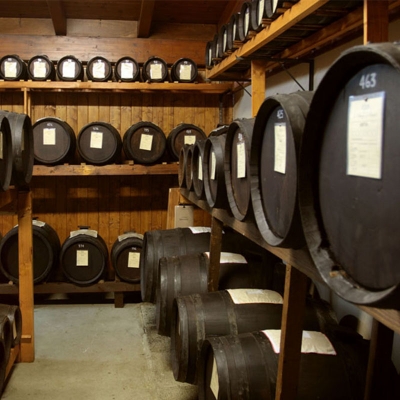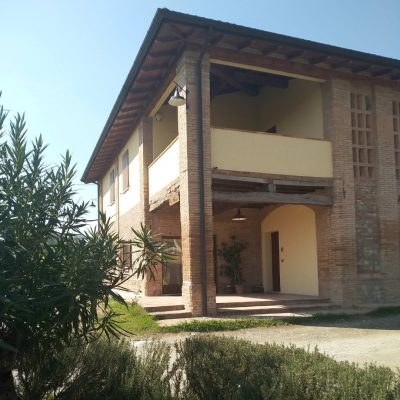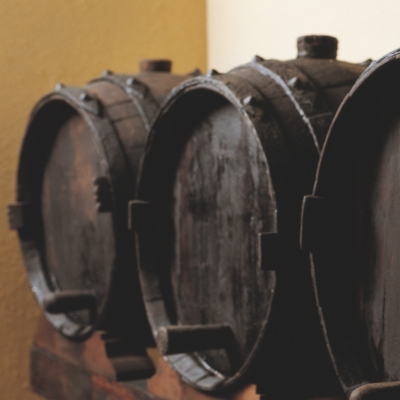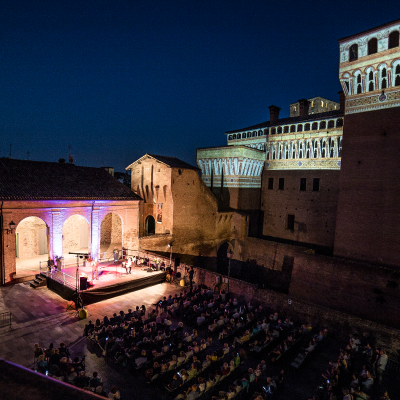Santuario della Madonna della Pieve
Un Santuario che affonda le radici nell'Alto Medioevo e testimonia un legame profondo con la popolazione
Santuario della Madonna della Pieve is situated beside the road that leads to Marano sul Panaro, beside what were once the confines of Campiglio. According to tradition, the church was built by Liutprand, King of the Lombards.
The church was first mentioned in 1174 in the “Regesta” of Modena Cathedral. It was recorded as being located on the foothills, its façade being situated on the section of Via Claudia that led to the Panaro from Savignano. The Parish was originally dedicated to San Martino. In documents of the period, there is mention of a “San Martino in centum ripis”, with reference to the orthographic and hydrogeological instability of the location.
The Romanesque construction, of which there remains the apse area and the cruciform columns, grew together with its territory, coming to assume the role of parochial church in the 12th Century. With the advent of the Contrari family in Vignola, the church gradually became neglected because of the finance given to Uguccione for the new church dedicated Saints Nazarius and Celsius. Subsequently, the church went into structural decline, most likely due to its abandonment and neglect.
However, in 1615, thanks to the devotion of the Bolognese nobleman, Gregorio Malvezzi, building work began on a new Oratorio, the renovated site being dedicated to Madonna della Pieve.
The current appearance is a result of the restoration work carried out in the 17th Century. The apse clearly stands out, the plasterwork of which was removed in order to display its original Romanesque look. There are two stone fragments visible with interlaced reliefs. There is a stoup from the 17th century and a small statue depicting the Madonna with child dating, most likely to the 13th Century. Notable features on the exterior include the portico entrance, the campanile and the side rectory.
To this day, the Parish retains an important role in the community, thanks to the important services that are held here on the first Sunday of May and 8th September, significant dates in the religious life of Vignola.
It is possible to visit the church’s interior during Holy Communion, every morning from 9 o’clock.
E' possibile visitare gli interni durante l'apertura della Santa Messa, tutte le mattine alle dalle ore 9.00.








